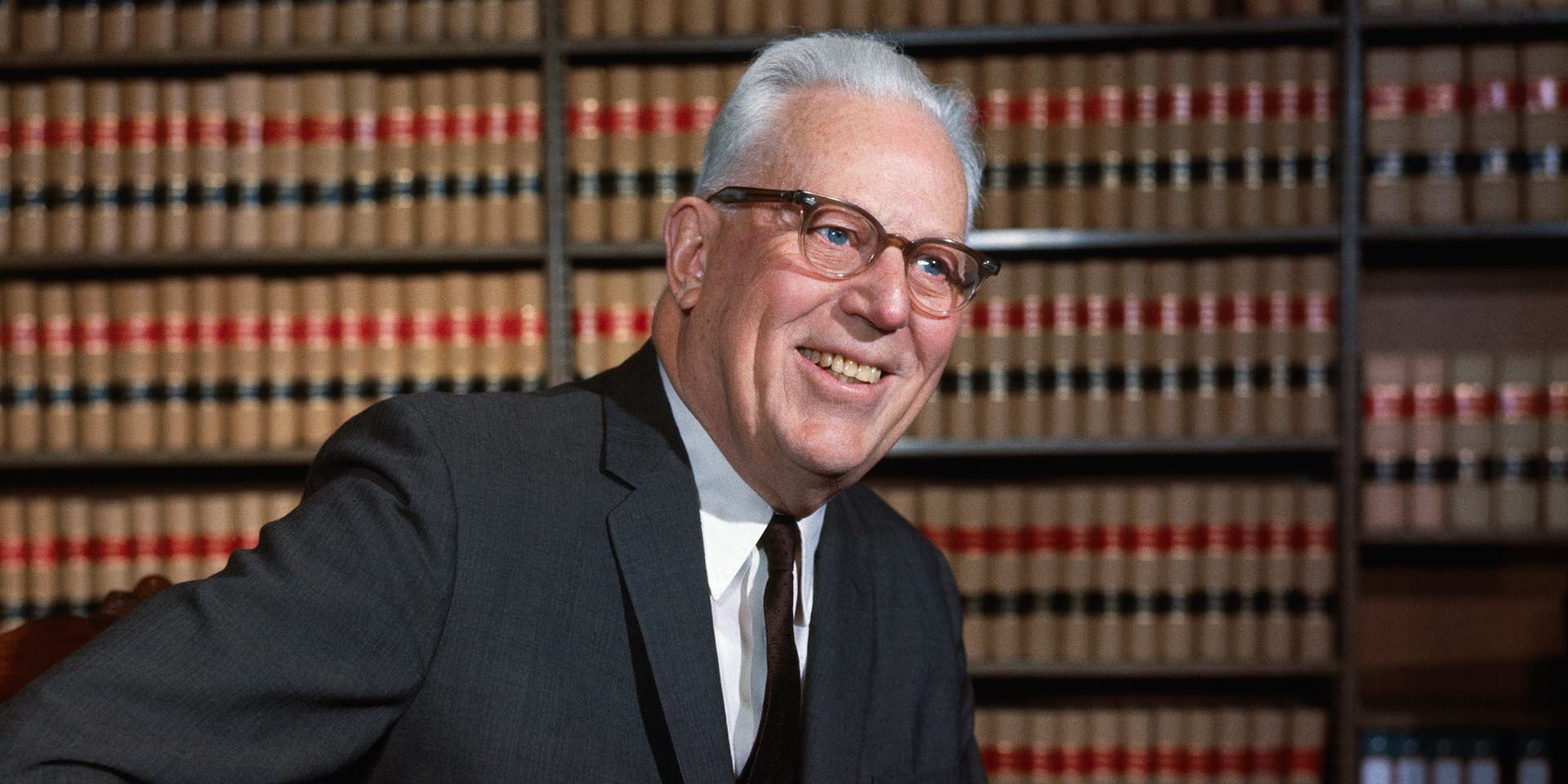How the Warren Court Expanded Civil Rights in America (The History Channel)
As chief justice of the U.S. Supreme Court, Warren led a court that decided multiple historic rulings on civil rights cases.
By Nadra Nittle, The History Channel, December 5, 2022
When Earl Warren was sworn in as the 14th chief justice of the Supreme Court on October 4, 1953, the United States was on the brink of transition. The civil rights movement hadn’t officially started, but members of marginalized groups were already mobilizing for racial and economic justice.
In the 1940s, both the armed forces and Major League Baseball were desegregated, and civil rights activists began to challenge segregation in interstate travel and food establishments. The Chinese Exclusion Act, which denied Chinese laborers citizenship and immigration privileges, was repealed after taking effect in 1882. And Fred Korematsu stood up for his civil liberties, defying federal orders for Japanese Americans to move into internment camps after Japan’s 1941 attack on Pearl Harbor. As men served in the military during World War II, women entered the workforce in greater numbers and wanted more professional opportunities after it ended.
In this postwar environment, which laid the foundation for the massive social changes that would take place in the 1950s and ’60s, Warren began the first year of his 16-year tenure on the high court. Having served as California governor from 1943 to 1953 and as California Attorney General and Alameda County District Attorney prior to that, Warren replaced Chief Justice Fred Vinson, who died in September 1953.
In Warren, President Dwight D. Eisenhower saw a centrist Republican like himself with a professional background in law enforcement, to boot. Bucking conventional wisdom, however, Warren leaned left with age, perceiving the Constitution to be a living document rather than a fixed one. With this mindset, the Warren Court decided a number of landmark civil rights cases.
